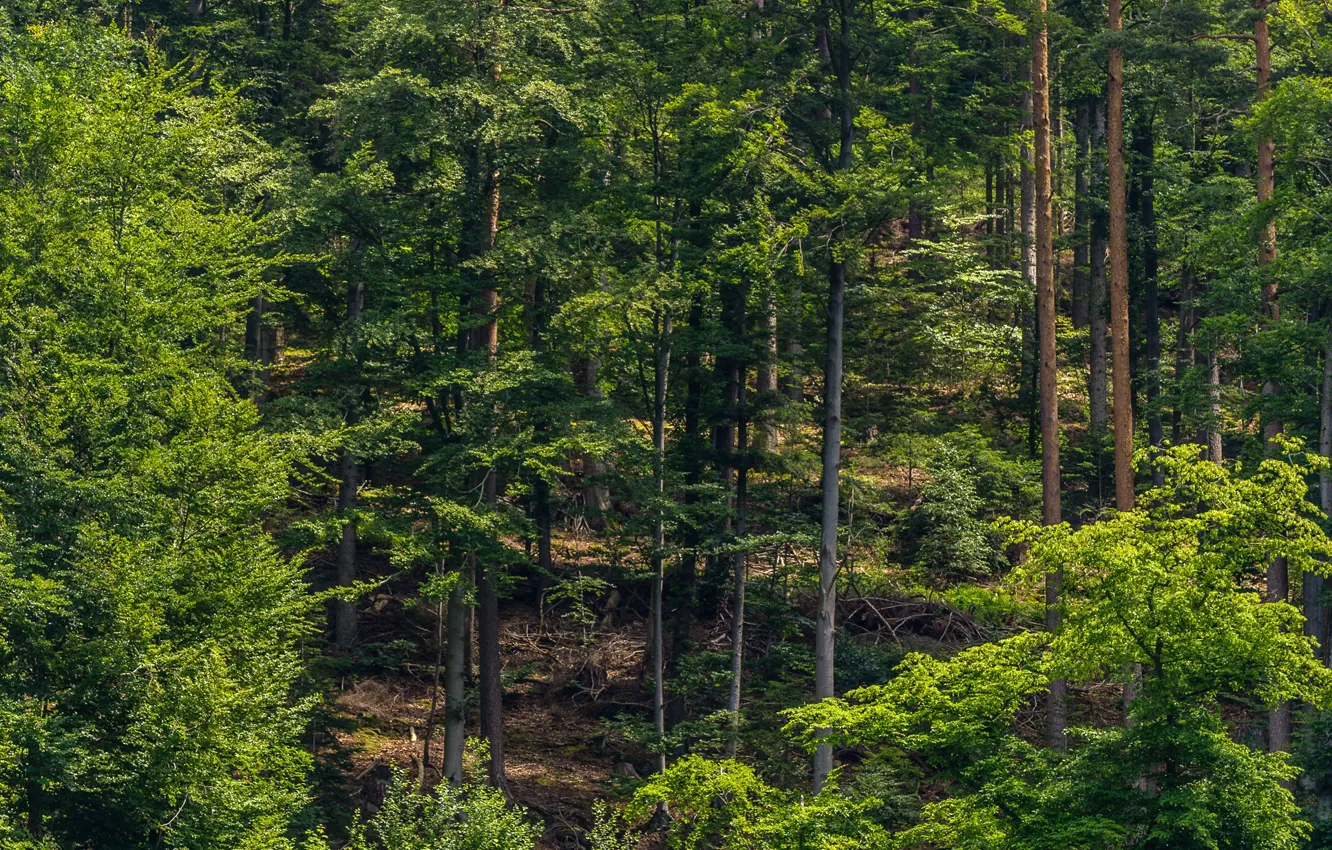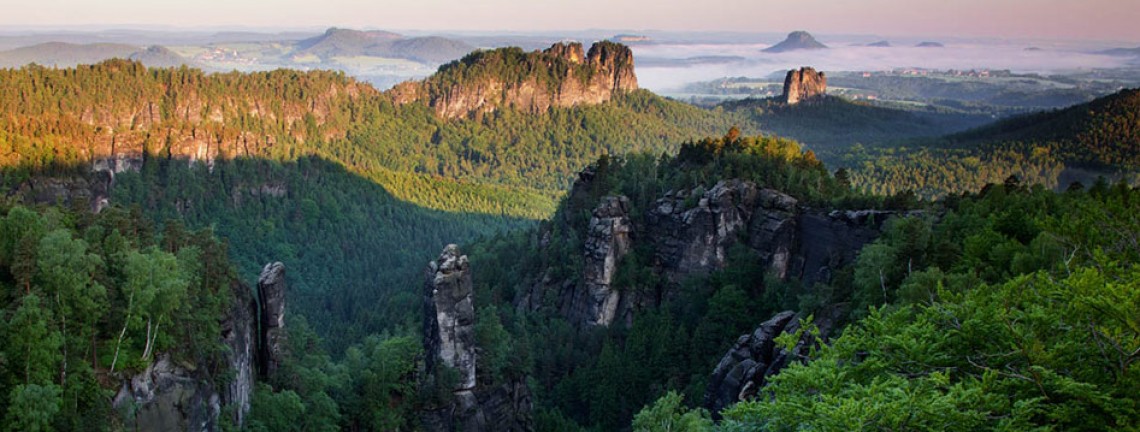Another question for the Assembled Sages. Below is a photo of a forest, just for general reference, not specific.
My question is, how does one move an army of several thousand through something like this? Even if there is a road, if an army of say twenty thousand (with all its appurtenances) stayed on the road it would stretch for miles. This not only leaves the army vulnerable (ask Varro), it also creates all sorts of logistical problems.
But, at the same time, moving an army through closely-packed trees or forests with dense underbrush seems to fall somewhere between loony and outright impossible.
Yet, it was done. Do any of you military history folk have thoughts on this? Thoughts supported by references are most welcome.

Thanks to all, in adavance.
My question is, how does one move an army of several thousand through something like this? Even if there is a road, if an army of say twenty thousand (with all its appurtenances) stayed on the road it would stretch for miles. This not only leaves the army vulnerable (ask Varro), it also creates all sorts of logistical problems.
But, at the same time, moving an army through closely-packed trees or forests with dense underbrush seems to fall somewhere between loony and outright impossible.
Yet, it was done. Do any of you military history folk have thoughts on this? Thoughts supported by references are most welcome.

Thanks to all, in adavance.



 Archmage
Archmage Dreamer
Dreamer Auror
Auror Myth Weaver
Myth Weaver